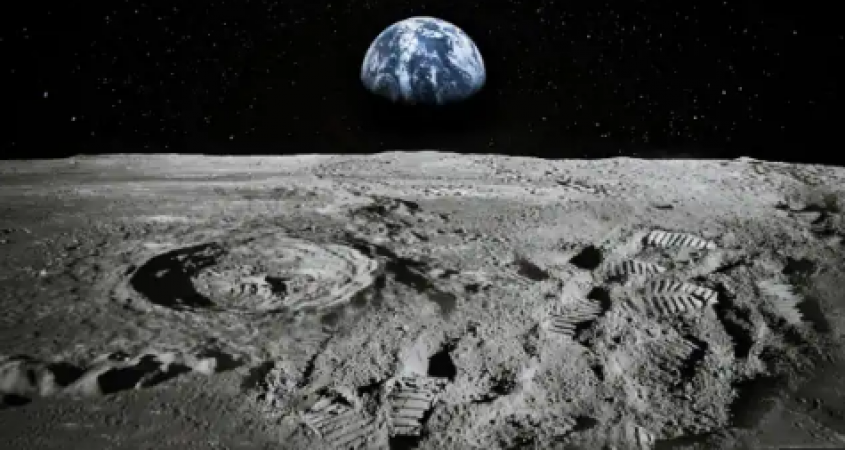
USA: Researchers have found water in glass beads that were part of samples that China's Chang'e-5 mission returned from the Moon. The moon has about 270 trillion trillion kilogrammes of water stored inside tiny glass beads.
According to research that was published in Nature Geoscience. The study hypothesises that astronauts on upcoming lunar missions could extract and use this stored water.
The evidence from recent lunar exploration missions suggests that the Moon does have water, contrary to long-held beliefs that it does not.
Also Read: NASA's JWST senses an exoplanet's thermostat for the very first time
Interestingly, Chandrayaan-1, the first lunar probe launched by ISRO and operated by India, found evidence of water on the Moon. The Moon mineralogy mapper instrument on board the spacecraft found the diagnostic water absorption bands on the lunar surface.
Since the Moon lacks an atmosphere, it is susceptible to being struck by meteorites. A glass bead formation on the Moon's surface is thought to be the result of these attacks.
The material surrounding the lunar surface melts due to the heat produced by the impact of the collisions with space rocks, and as it cools, it solidifies into beads.
Also Read: How to configure Twitter for app-based two factor authentication.
These beads trap the molecules of water, which are composed of hydrogen and oxygen. Mahesh Anand, a co-author of the study, claims that the hydrogen required to create water comes from solar winds.
Charged particles are released from the Sun as solar winds. Compared to other elements, oxygen is more plentiful, occurs in lunar minerals and rocks, and makes up almost half of the moon.
According to scientists, the interaction of the solar winds with the lunar surface may help the Moon maintain a stable lunar cycle. The team looked into 117 glass beads that the Chang'e-5 spacecraft had brought back from the Moon for the study.
According to Anand, applying heat of about 100 degrees Celsius would be sufficient to remove the water from the glass beads.
Also Read: Where and when to view Mercury, Jupiter, Venus, Uranus, and Mars as they align in the night sky
In December 2020, the Chang'e-5 lunar mission returned about two kilogrammes of lunar dust and rock fragments. The Chang'e-5 mission touched down on a region of the Moon that had not previously been sampled by American or Soviet missions.
Some of the newest lunar rocks have ever been collected by a Chinese mission, and they are distinct from those that have already been returned to Earth.